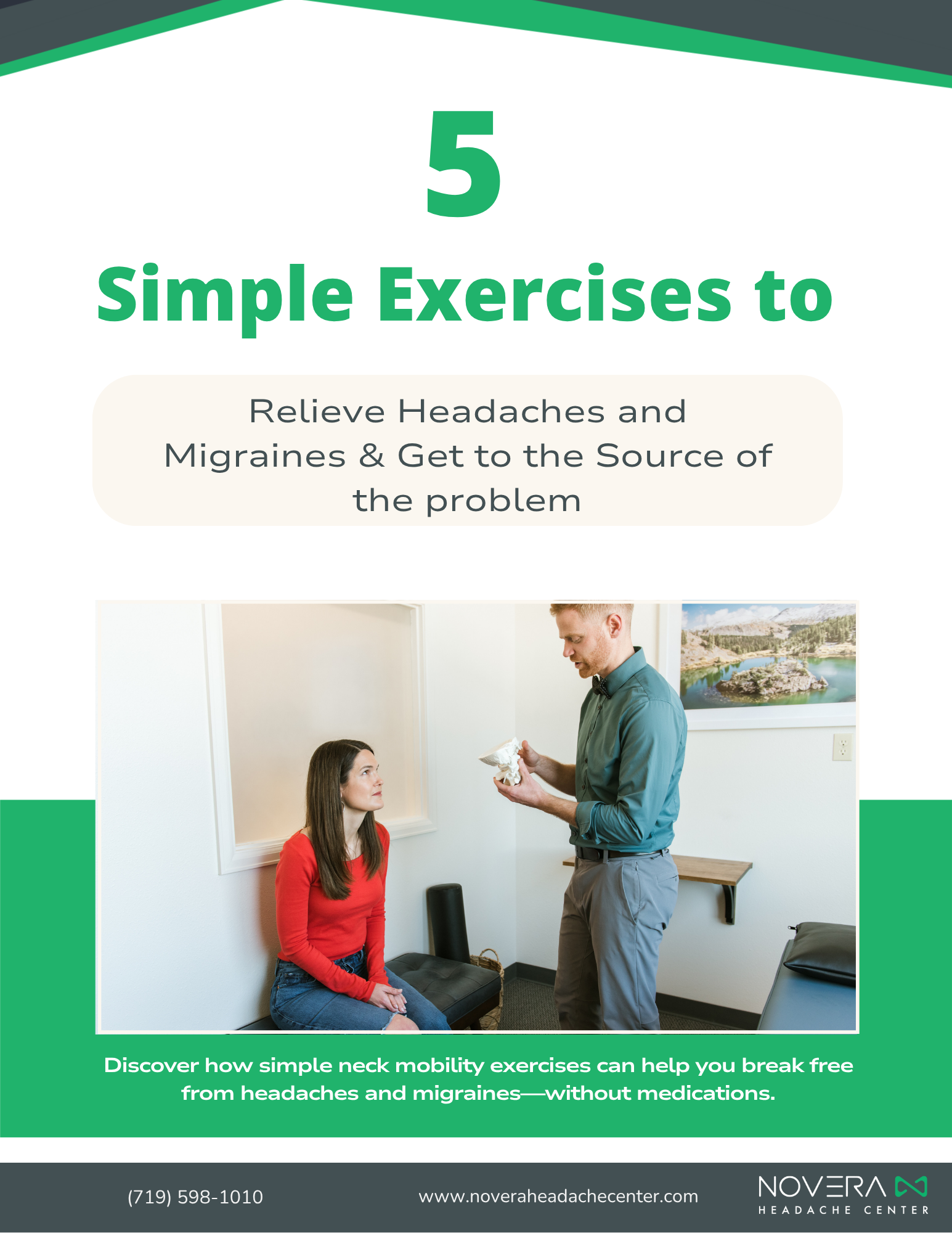
Oftentimes when people think of dizziness and vertigo, the last thing they would think to treat it with is movement – despite the fact that the more traditional medication approach can be ineffective in many cases, treating the symptoms rather than the source. The feelings of being off-balance, woozy, or even feelings of dizziness accompanied by ringing in the ears are all uncomfortable and potentially debilitating effects that can be difficult
to treat. Thankfully, with movement-based physical therapy there is much that can be done to alleviate and even eliminate dizziness! Before we go into the benefits of physical therapy for dizziness, let’s talk about its two more common presentations.
Vestibular Hypofunction
With vestibular hypofunction, the balance part of the inner ear is not working properly. This can occur on only one side (known as unilateral hypofunction), or on both sides of the head (known as bilateral hypofunction). Vestibular hypofunction can be associated with a variety of causes, such as damage to the inner ear, Meniere’s disease, autoimmune diseases, or vestibular neuritis. Bilateral Vestibular Hypofunction results in difficulty maintaining balance, and a decrease in ability to see clearly during head movements.
Benign Paroxysmal Positional Vertigo (BPPV)
Benign paroxysmal positional vertigo (BPPV) is one of the most common causes of vertigo, which is the sudden sensation that you’re spinning or that the inside of your head is spinning. BPPV occurs when tiny calcium crystals come loose from their normal location on the utricle, which is a sensory organ in the inner ear. The sensation is usually triggered by specific changes in your head’s position. This might occur when you tip your head, when you lie down, or when you roll over in bed.
So how can physical therapy treat these symptoms? Your doctor will work with you to come up with a personalized program designed to help restore equilibrium and proper movement. They will conduct a thorough exam that will properly diagnose the source of dizziness, which should include an assessment of the cervical spine. This treatment approach is similar to the treatment for cervicogenic headaches as the origin is often similar, namely a restriction in the upper cervical spine leading to dysfunctional movement patterns and “faulty” signaling – which causes dizziness and feelings of being off center.
If you or a loved one are currently suffering with dizziness, vertigo, or even migraines accompanied by feelings of dizziness, there is hope! At Novera: Headache Center, we have helped countless patients restore their body’s balance naturally and without medication or surgery. Schedule a free discovery visit today and we will be happy to talk with you in-depth about a program that fits your specific symptoms and needs.
P.S. For more information on the systems that affect dizziness, check out The Headache Doctor Podcast!




